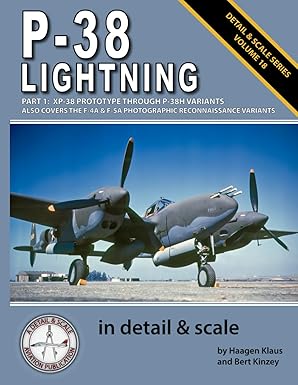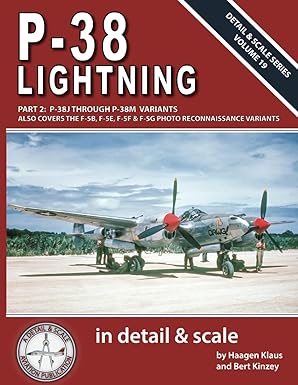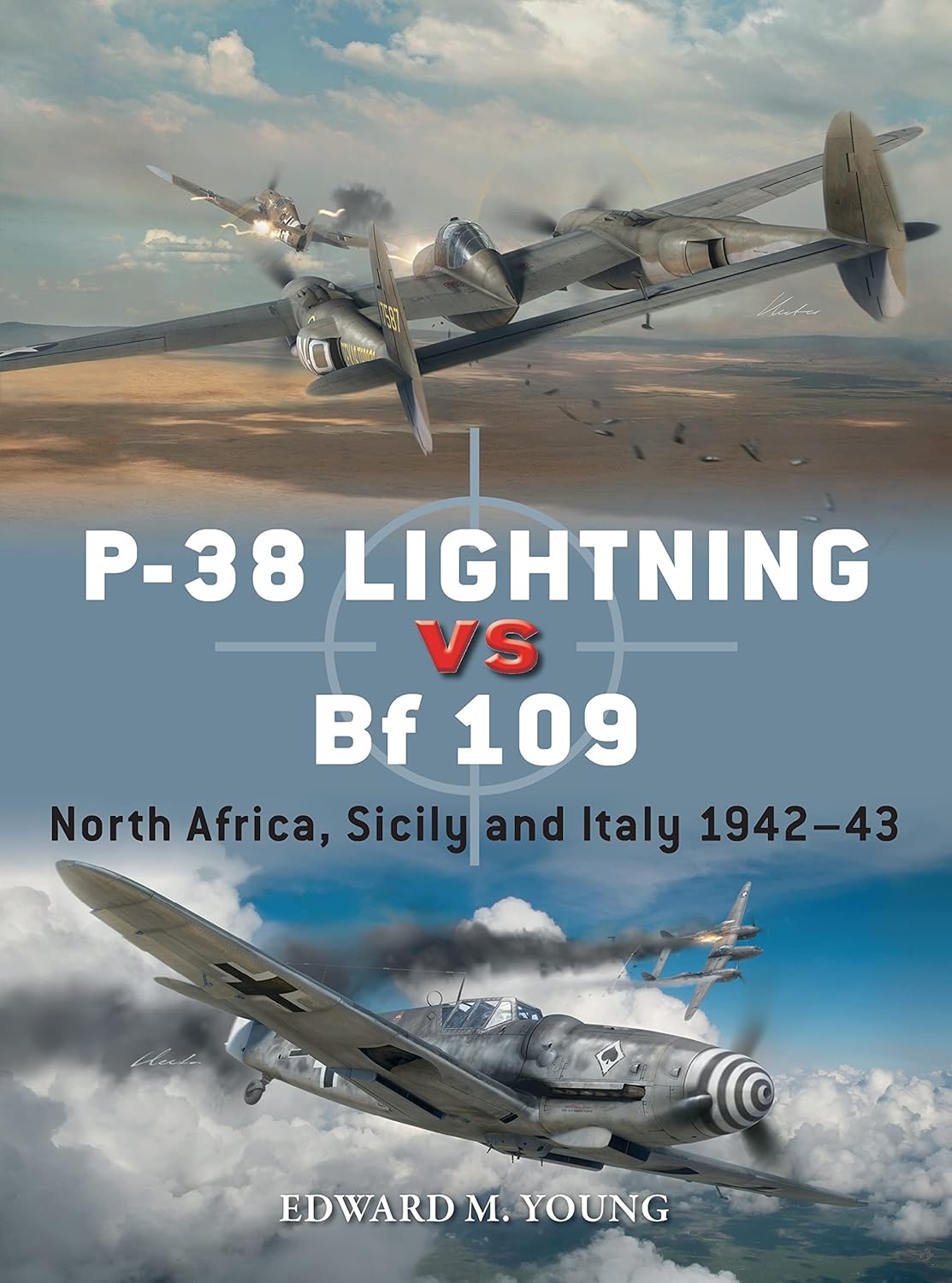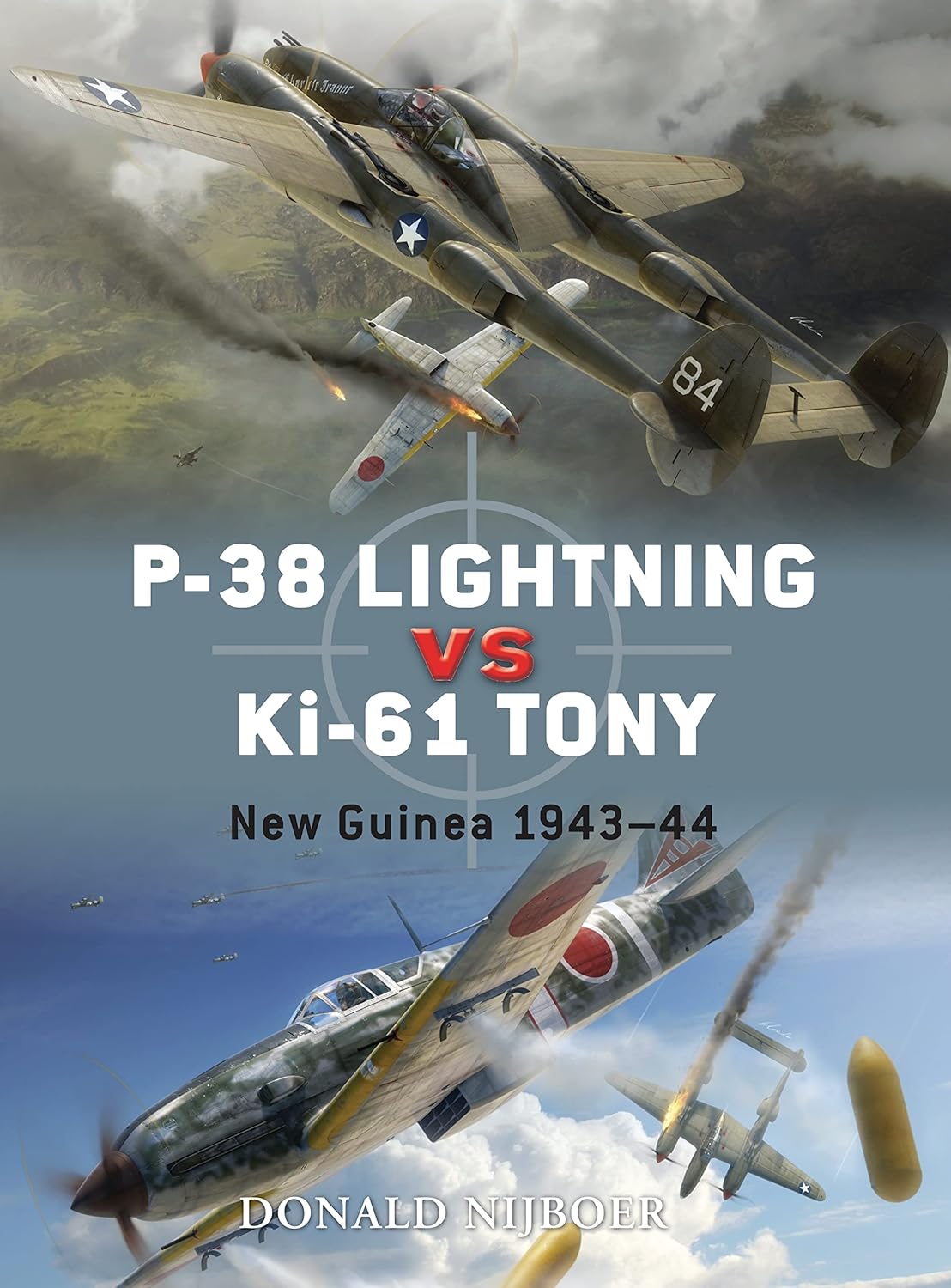
Construction #:
422-7973
Civil Registration:
NX53753
N53753
N503MH
N7973
P-38L-5-LO Lightning
F-5G-6-LO Lightning
Name: None
Status: Stored
Last info: 2014
Delivered to United States Army Air Force as 44-26969.
- BOC: N/A
- SOC: N/A
Aero Exploration Co. Inc, Tulsa, OK, May 1946-1948.
- Purchased from War Assets Administration, Kingman, AZ, for $1,250.
- Registered as NX53753.
Mark Hurd Mapping Co, Minneapolis, MN, 1949-1956.
- Registered as N53753.
Mark Hurd Aerial Surveys, Minneapolis, MN/Santa Barbara, CA, August 1956-1967.
- Registered as N503MH, March 1958.
- Retired and placed in open storage, Santa Barbara, CA, 1968.
Bruce L. Pruett, Livermore, CA., January 4, 1967-1996.
- Long-term restoration to flying condition.
- Fitted with 8-gun nose.
Bruce L. Pruett/Tillamook Naval Air Museum, Tillamook, OR, November 1996-1997.
- Restoration completed, Medford, OR.
- Registered as N7973.
- First Flight, January 8, 1997.
- Destroyed in fatal crash, June 6, 1997.
-- Jeffrey Ethell fatally injured.
- Wreck stored.
Texas Flying Legends, 2014.
- Wreck acquired, planned restoration to airworthy.
Struck-off USCR December 18, 2014.
USCR quoted construction number 8006.
NTSB Identification: SEA97FA130.
14 CFR Part 91: General Aviation
Accident occurred Friday, June 06, 1997 in TILLAMOOK, OR
Probable Cause Approval Date: 10/30/98
Aircraft: Lockheed P-38L, registration: N7973
Injuries: 1 Fatal.
The National Transportation Safety Board determines the probable cause(s) of this accident as follows:
failure of the pilot to maintain minimum control speed (VMC), after loss of power in one engine, which resulted in a loss of aircraft control and collision with terrain. Related factors were: the pilot's improper fuel management and failure to change the fuel selector position before a fuel tank had emptied, which led to fuel starvation and loss of power in one engine; and the pilot's lack of familiarity with the aircraft, relative to single-engine minimum airspeeds.
Chapman, John & Goodall, Geoff, Edited by Paul Coggan - Warbirds Directory,Warbirds Worldwide Ltd., Mansfield, England, 1989.
Goodall, Geoff - Warbirds Directory-4th Edition, 2003.
Goodall, Geoff - Warbirds Directory-6th Edition, 2023.
NTSB, www.ntsb.gov
-
Research Assistance:
-







